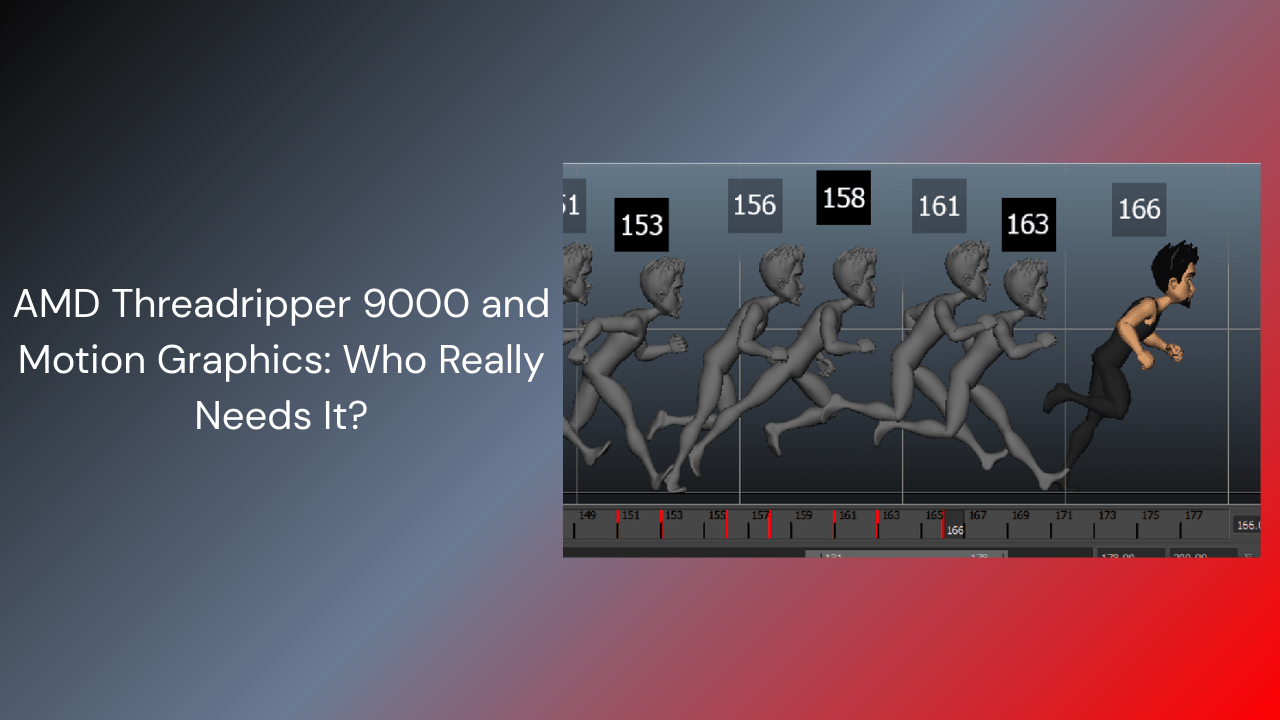Nvidia’s RTX Pro 6000 has emerged as the most dominant graphics card on the market, setting a new standard for performance. Overclocker Roman “der8auer” Hartung recently tested the card in titles such as Cyberpunk 2077, Star Wars Outlaws, and Remnant 2, where it consistently outpaced Nvidia’s RTX 5090. The Pro 6000 averaged 14 percent higher frame rates and about 13 percent better low-frame performance, placing it firmly at the top of the gaming charts, even though that is not its primary purpose.
The leap in performance is tied to the hardware inside. Built on the same Blackwell GB202 architecture as the RTX 5090, the Pro 6000 expands nearly every specification. It houses 24,064 shaders compared to 21,760 in the 5090, along with more texture mapping units, render output units, tensor cores, and ray tracing cores. Its standout feature is a massive 96 gigabytes of GDDR7 memory across a 512-bit bus. This not only more than doubles the capacity of the RTX 5090 but also ensures the card has room for high-end creative and professional workloads.
Synthetic benchmarks reinforced these numbers. Geekbench results showed the RTX Pro 6000 ahead of the RTX 5090 by 10 to 15 percent, and this edge carried over into real-world testing. It delivered smoother gameplay at extreme settings, making clear that this is not just a modest upgrade but a true showcase of Nvidia’s engineering.
However, gaming performance only tells part of the story. One of the major drawbacks for gamers is that the RTX Pro 6000 does not ship with gaming-optimized drivers. Instead, it relies on Nvidia’s professional driver stack, which is tuned for stability in workstation software rather than maximizing performance in games. While it can run modern titles extremely well, it is not designed or supported as a dedicated gaming product. This limits its appeal for enthusiasts who expect day-one driver updates and optimizations tailored to new game releases.
Price is another barrier that makes the Pro 6000 unrealistic for most gamers. With costs starting around $8,500 and rising above $11,000, it is several times more expensive than the already premium RTX 5090. For that kind of money, many users could build an entire high-end gaming rig and still have funds left over.
Other practical concerns also come into play. Early adopters have reported severe coil whine, with some calling it the worst they have experienced in a GPU. For users without heavily insulated cases, the noise can be distracting, even intolerable, undermining the enjoyment of what should be a cutting-edge system.
In the end, the RTX Pro 6000 is less a product for mainstream gamers and more a glimpse into what is possible when hardware is pushed to its limits. It dominates benchmarks and stands as the fastest graphics card available, but its workstation focus, lack of gaming drivers, and extreme pricing keep it out of reach for almost everyone outside of professional and technical fields.
For those who truly need this level of hardware, GamerTech offers high-performance workstation PCs that already feature Nvidia’s most powerful GPUs. Their systems will soon integrate the RTX Pro 6000, giving professionals the ability to harness its enormous processing power for advanced creative and technical workloads. You can explore their workstation lineup here: https://gamertech.ca/pages/workstations.



